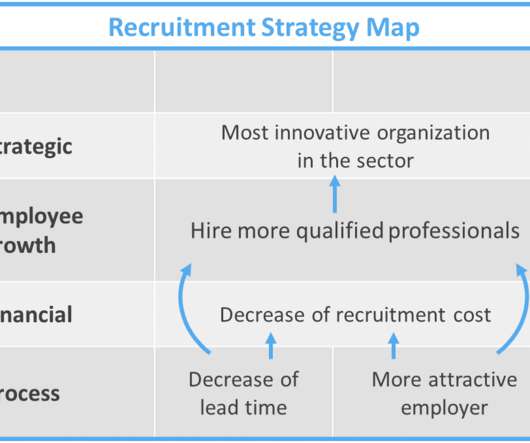Cool Opportunities in a Hot Job Market – Part 2
Sterling Check
AUGUST 20, 2019
here are several reasons why employers conduct background checks of new hires. Others include protecting employees and customers as well as improving the quality of hires. To benchmark with best practices, seasonal hires should also undergo background checks. Remember background screening T.






















Let's personalize your content